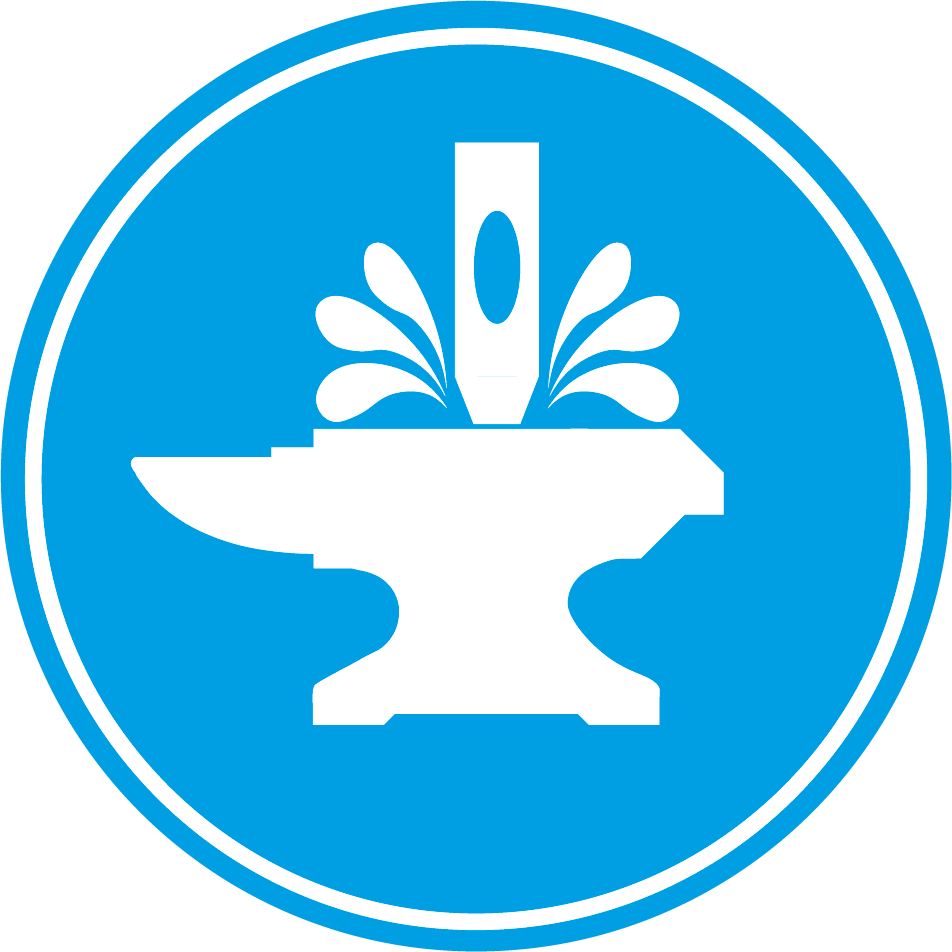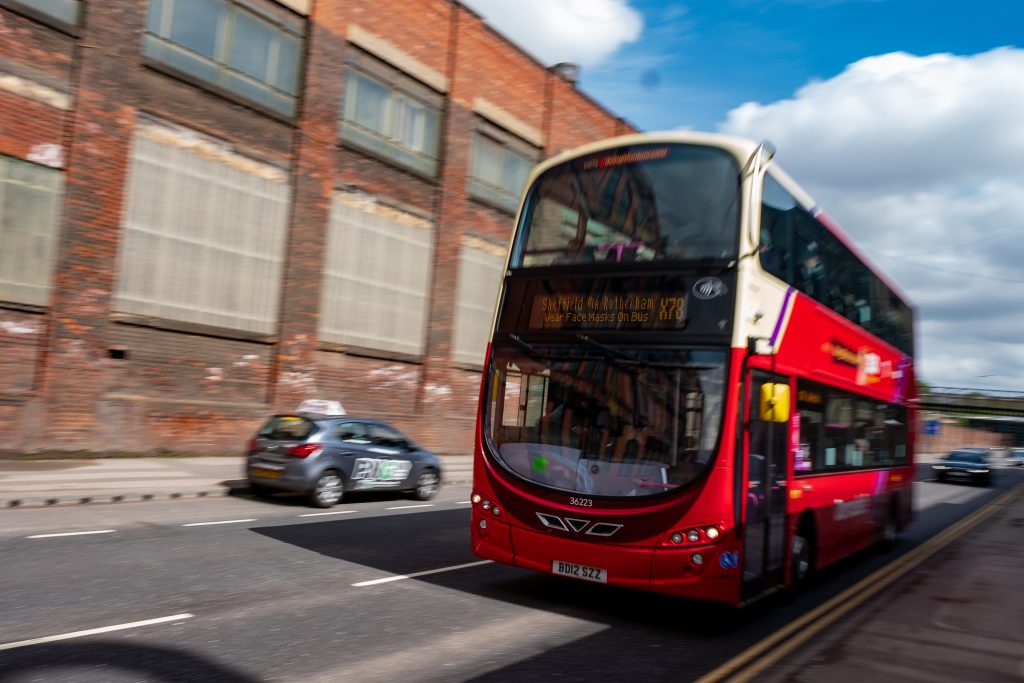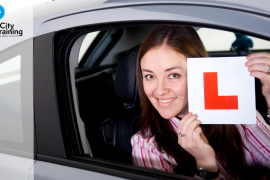Buses are among the largest vehicles we encounter on the road. As a result, they are also some of the most dangerous if you don’t handle them correctly. This blog post examines the best practices for dealing with large rigid vehicles.
If you can’t see my mirrors, I can’t see you
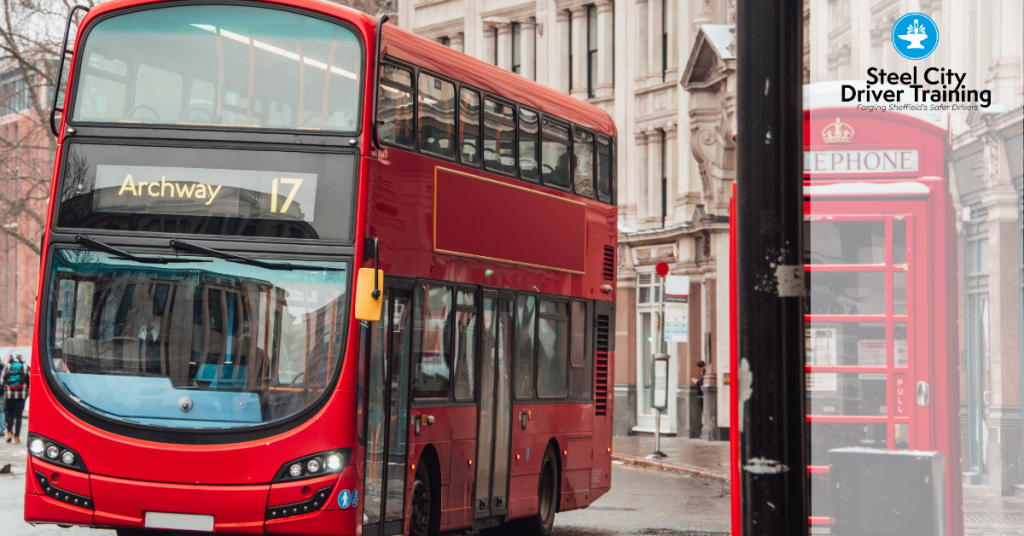
You see it printed on the back of LGVs all the time; it’s true. If you can’t see the mirrors of a large vehicle, the driver probably can’t see your vehicle and doesn’t know you are there. If you are driving around large vehicles like buses, especially in multi-lane roadways, position your vehicle so the driver can see at least a little of your car in the mirrors.
This is getting harder to achieve. Technology has moved on and operators, keen to improve safety, have begun fitting all-round camera systems to large vehicles. This is a mixed blessing, if the driver is paying attention to the camera screen it can give them a lot more visibility. If they are distracted by something else, it can mean they don’t look at the camera screen and don’t see you.
A bus driver will have all the same mirrors you have in your car. Plus they may have an all-round camera screen, plus an onboard CCTV screen to monitor the passengers. Unfortunately, they’ve only got one pair of eyes and they can only be looking in one direction at a time.
Then it gets harder for you. Coach-building companies have been fitting cameras in place of mirrors for a while now. The major UK bus builder, Wright Bus, has also begun deploying ‘MirrorCam’ equipped vehicles. Volvo Bus, the other major bus manufacturer in service in the UK have ‘MirrorCam’ on their latest generation of electric buses.
These cameras are small and mounted up high. They are hard for you to spot. The good news is that they have at least as big a field of view as the mirrors they replace so you should be able to find a position which allows you to be seen.
Watch for Signs and Signals from Buses
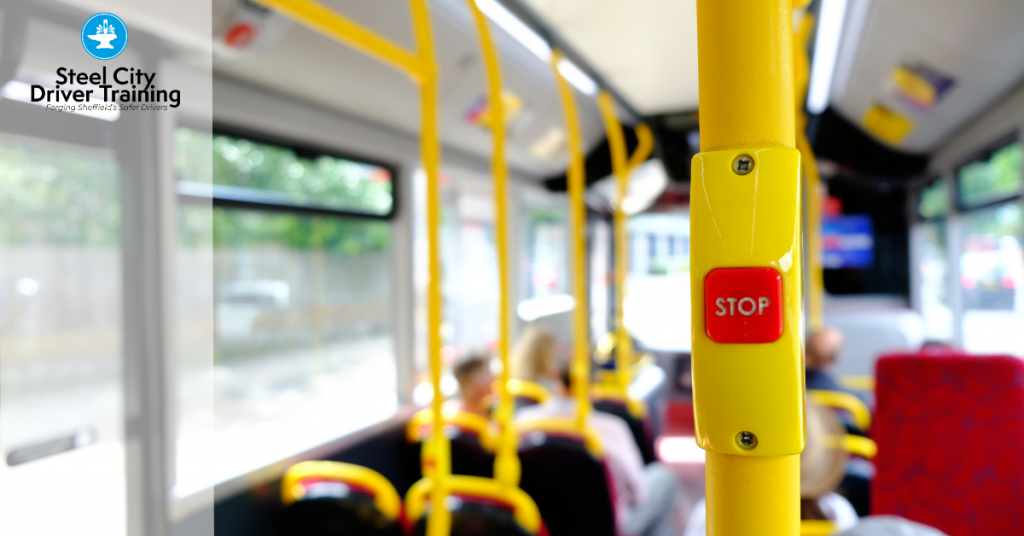
One good thing about service buses is that they give you a clue when they are going to stop. If you position yourself far enough behind the bus, you should be able to see the STOPPING sign which lights up when the bell is pressed by a passenger.
Don’t rely on this, if no passenger presses the bell, or the bus is stopping for passengers at the bus stop, the stopping sign may not light up.
Bus drivers are also pretty good at using their indicators. They will indicate when they are pulling into a bus stop and again when pulling out.
You can also look for other signs when driving near a service bus.
Definition – Service Bus
A service bus is a bus on a regular route servicing passengers from bus stops as opposed to one on Private Hire work or coaches on charter.
Passengers waiting at a stop are a good sign that a bus is going to pull over. While not all buses will stop at a bus stop with passengers waiting, most will. If you know the bus routes, you can predict the ones that probably won’t pull over.
Bus lane signs and bus gates are another way of predicting what buses and coaches will do. They will usually head for the route with the least traffic on it, which means going to lanes for specific users.
Major tourist or visitor attractions are a good sign of where coaches are going to stop. They may do this unexpectedly. In Sheffield, we have a lot of these attractions. The Crucible Theatre is a major draw for fans of both the stage, and the green felt. Other Sheffield theatres put on major events, as does Sheffield Arena, though at least the Arena has sufficient parking for large vehicles! Meadowhall pulls in big crowds at peak times but again, has sufficient large vehicle parking.
Then there are our sporting venues. Sheffield has two major football teams, each of which attracts thousands of away supporters. The city also hosts an Olympic-grade diving pool at Ponds Forge. Ice Sheffield hosts major events and St James Retail Park hides an off-site outpost of St George’s Park, the national football training centre. All will attract big crowds at times. Add in Hillsborough Park which hosts Tramlines Festival, a major event with 100,000 attendees over three days.
Keep Clear of Bus Lanes, Bus Gates, Bus Stops and Bus Stands
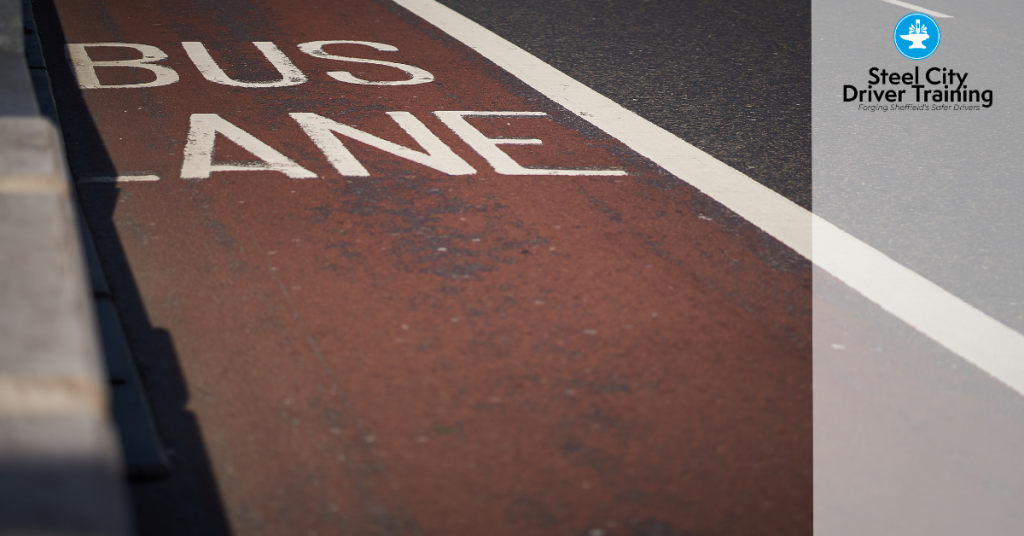
Definition – Bus Stand vs Bus Stop
A bus stand is a place where buses park when they have to take a break from running. A bus stop is for the picking up and setting down of passengers.
You should stay out of any area reserved for buses. Bus stands are prohibited for parking, as are bus stops. You can however use a bus stop for the same purpose as the buses they are provided for. You can drop off or pick up passengers at a bus stop but you can’t park there, even for a couple of minutes.
Bus lanes are reserved for authorised vehicles only. In Sheffield, those vehicles include service buses, buses and coaches, private hire vehicles and hackney carriages, cyclists and motorcyclists unless the signs state otherwise.
Many bus lanes are timed. Signs adjacent to the bus lane will tell you when you can and cannot use them. The times on the signs are the hours that you cannot use the lane.
A bus gate is a different proposition. A bus gate is a fixed point of control, a single point on the road that only authorised vehicles can pass. Do not attempt to pass these points as cameras watch them and you will receive a fixed penalty.
Top Tips for Dealing with Buses

There are a few top tips we can share for dealing with buses and coaches:
For more information or to arrange a lesson on dealing with all types of large vehicles, get in touch with Steel City Driver Training now on WhatsApp using the green button below, or via @SteelCityDrive on social media. Alternatively, you can email hello@steelcitydrive.com.
